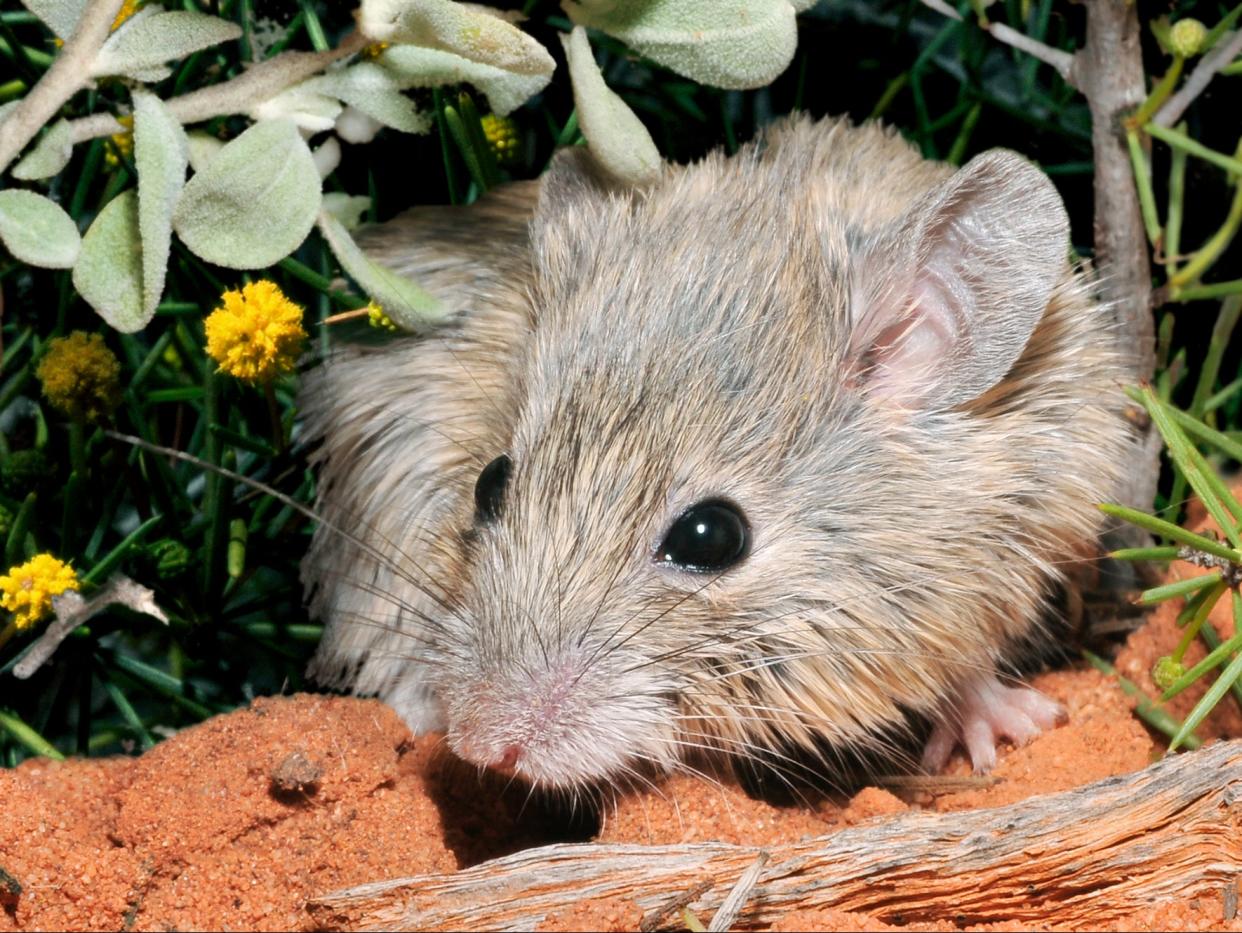Shock find brings ‘extinct’ mouse back from the dead

A species of mouse believed to be extinct for over 150 years has unexpectedly been rediscovered by reseachers in Australia.
Academics from the Australian National University (ANU) examining DNA from eight different rodent species long believed to have been wiped out who compared their genetic code with that of 42 living variants found there was no meaningful difference between the supposedly-extinct Gould’s mouse and the Shark Bay mouse, still found in islands off the coast of Western Australia.
Dr Emily Roycroft, lead author on the ensuing report from the ANU published in the peer-reviewed journal Proceedings of the National Academy of Sciences of the United States of America, said the findings were both exciting and sobering.
“The resurrection of this species brings good news in the face of the disproportionally high rate of native rodent extinction, making up 41 per cent of Australian mammal extinction since European colonisation in 1788,” she said.
“It is exciting that Gould’s mouse is still around, but its disappearance from the mainland highlights how quickly this species went from being distributed across most of Australia, to only surviving on offshore islands in Western Australia. It’s a huge population collapse.”
Of the other seven species under examination, all revealed relatively high degrees of genetic diversity immediately prior to extinction, likewise indicating that they had enjoyed large, widespread populations prior to the arrival of European colonists in the late eighteenth century.
“This shows genetic diversity does not provide guaranteed insurance against extinction,” Dr Roycroft said.
“The extinction of these species happened very quickly. They were likely common, with large populations prior to the arrival of Europeans. But the introduction of feral cats, foxes, and other invasive species, agricultural land clearing and new diseases have absolutely decimated native species.
"We still have a lot of biodiversity to lose here in Australia and we’re not doing enough to protect it.”
Additional reporting by agencies
Read More
Extinct dwarf elephant shrank by 85% in ‘intriguing’ evolution on Sicily
Orchid thought to be extinct in UK discovered on rooftop of London bank
Giant tortoise thought to be extinct found in Galapagos

 Yahoo News
Yahoo News 
